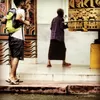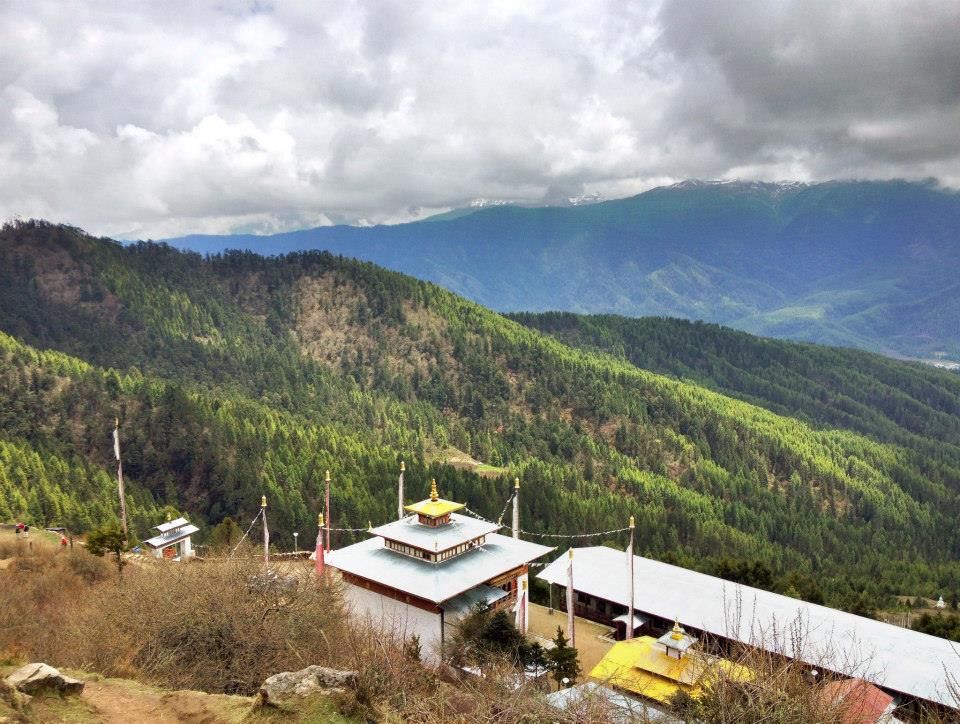
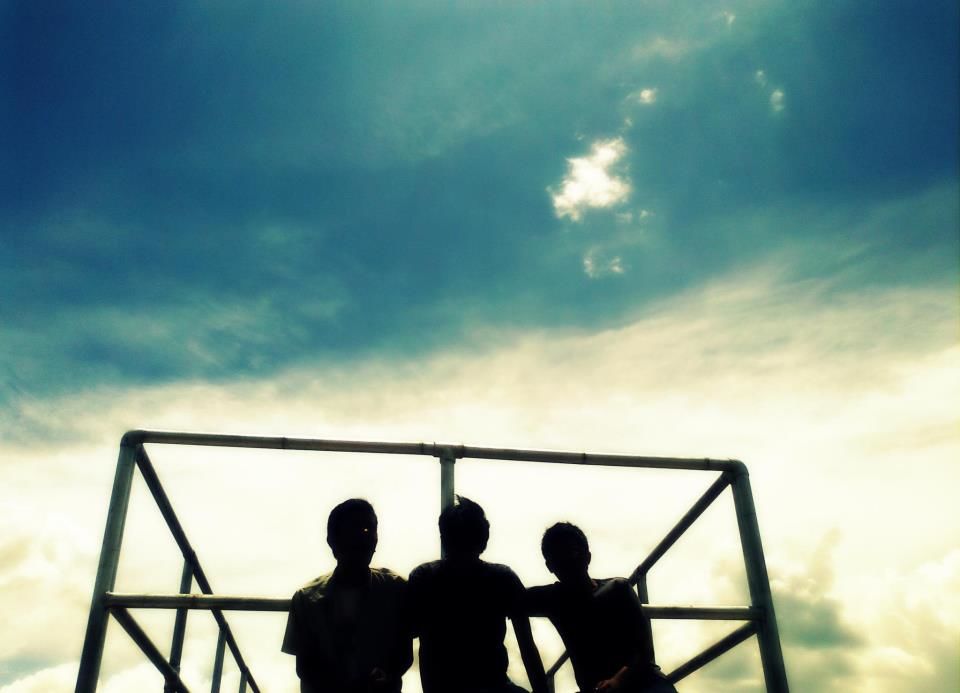
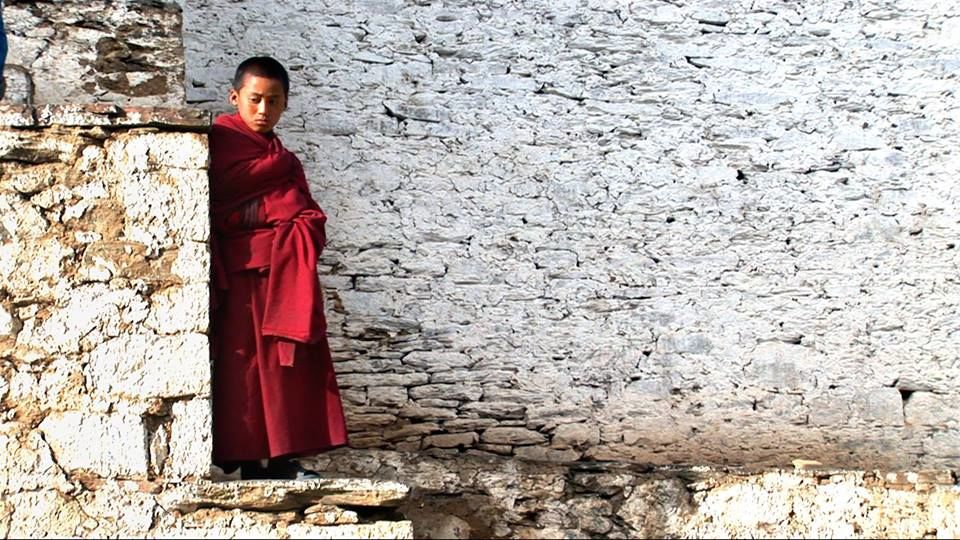
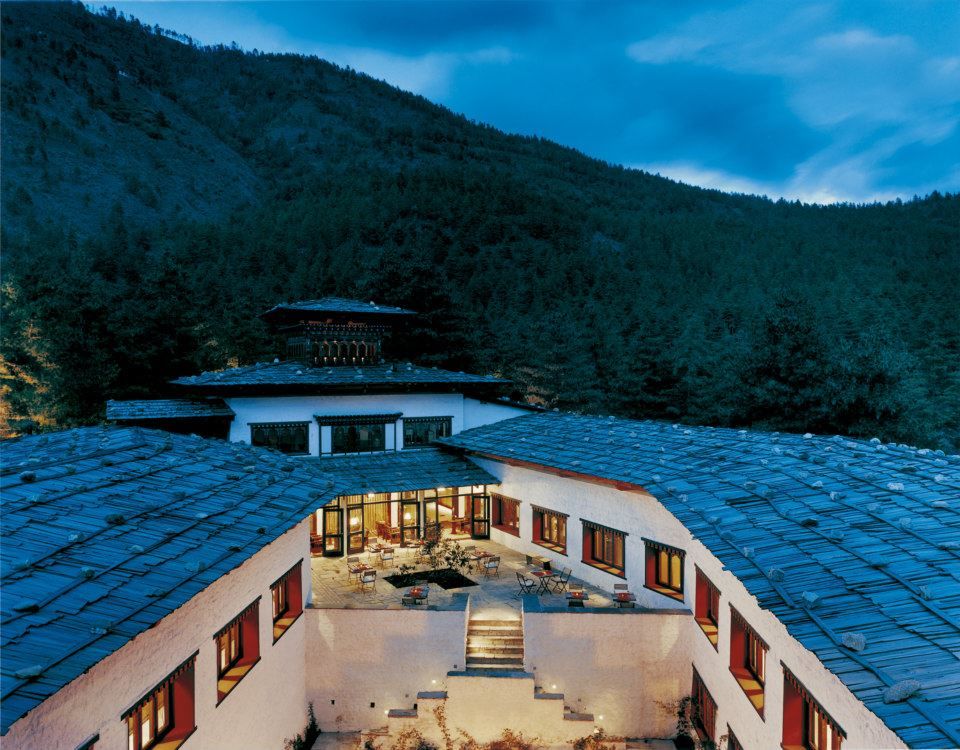
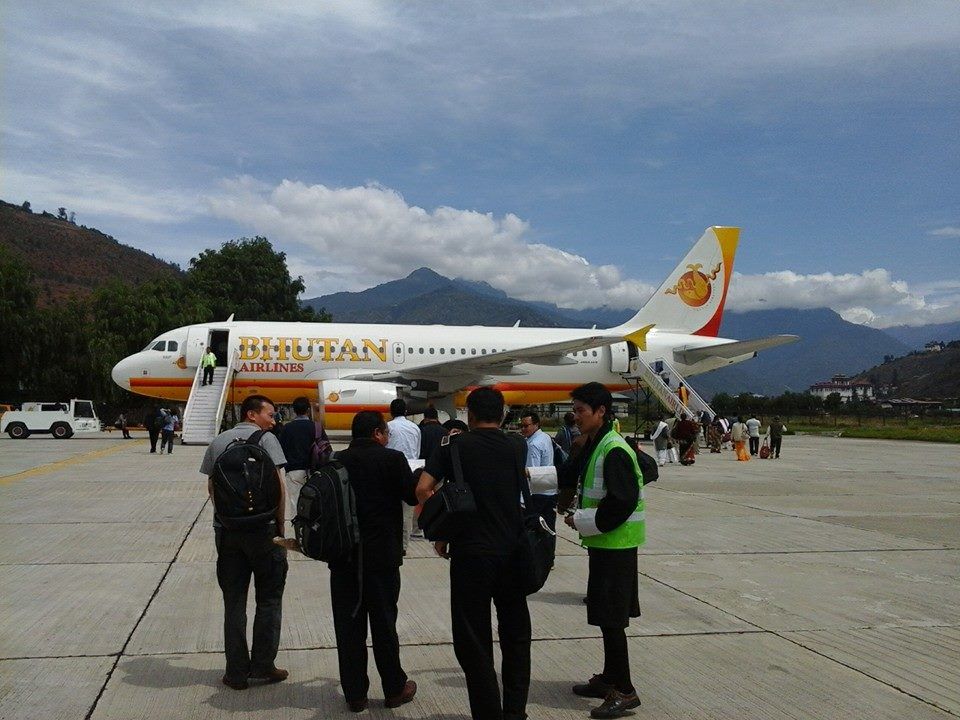
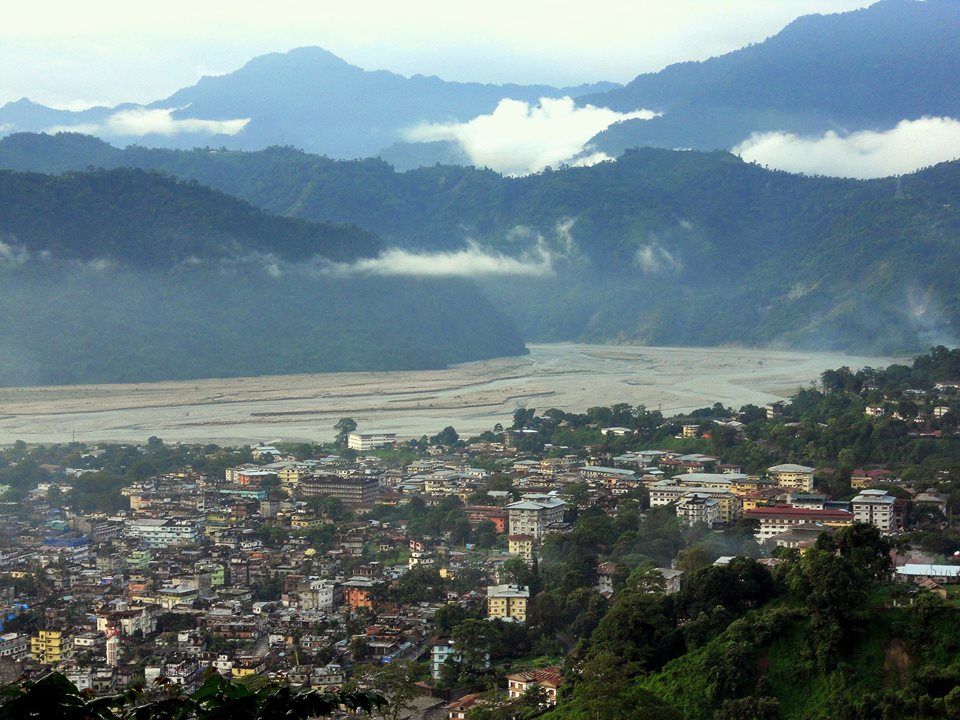
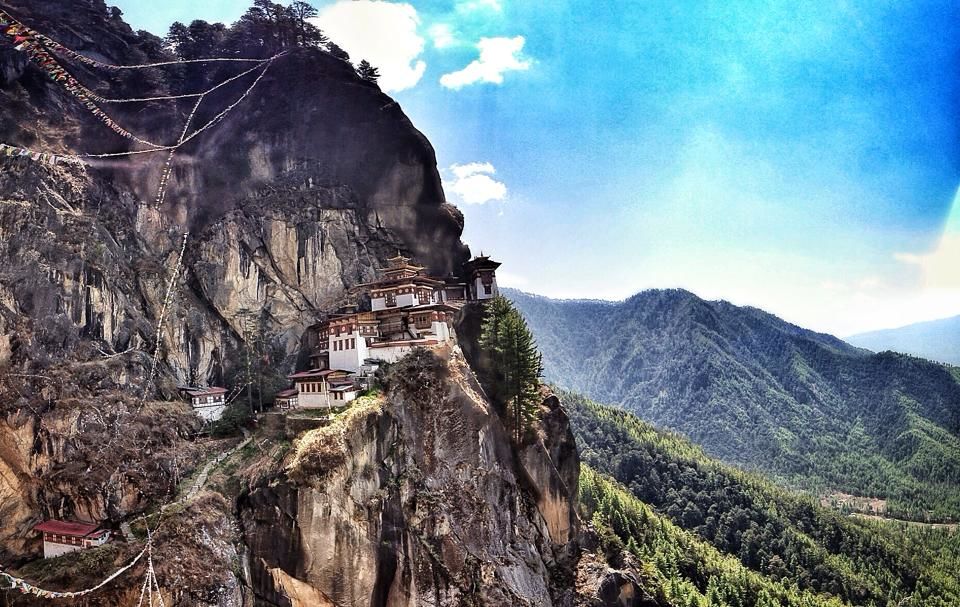
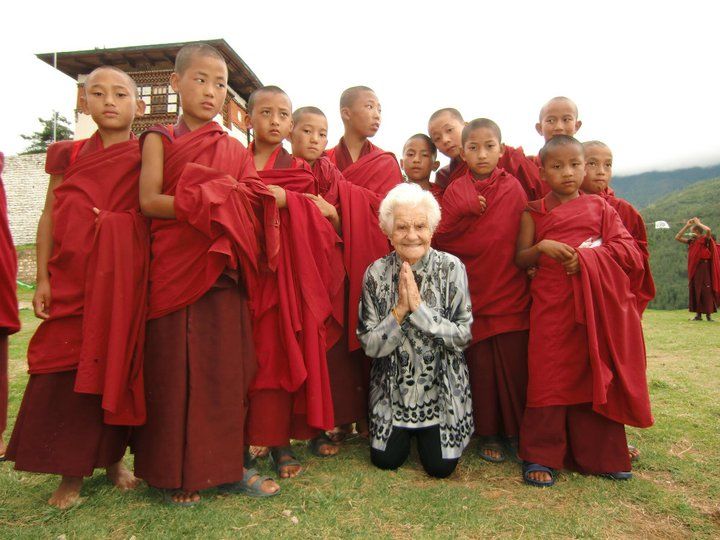
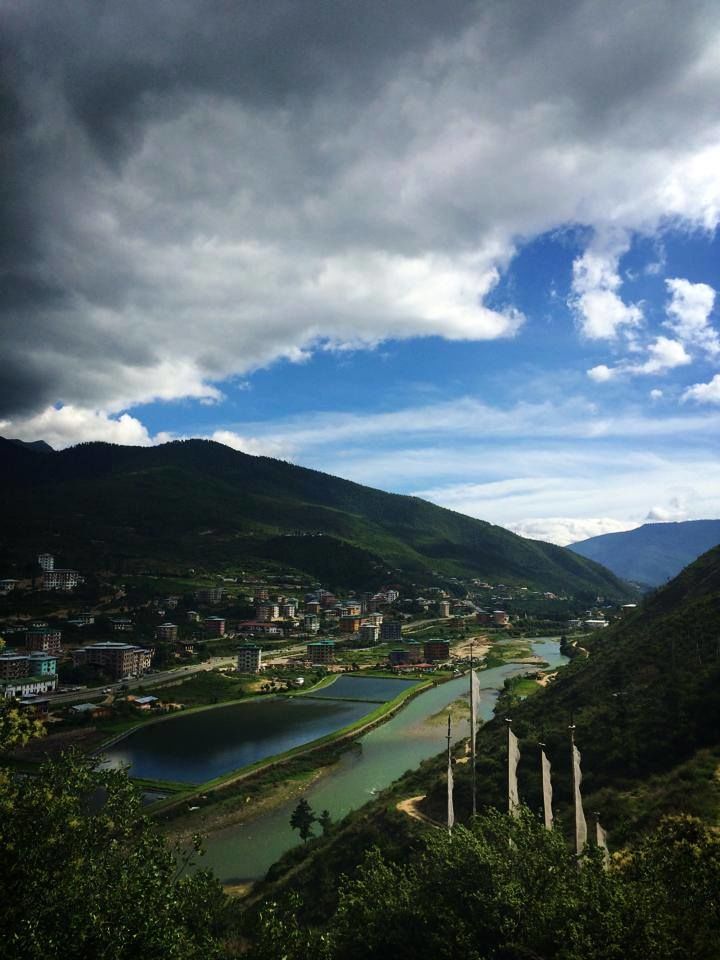
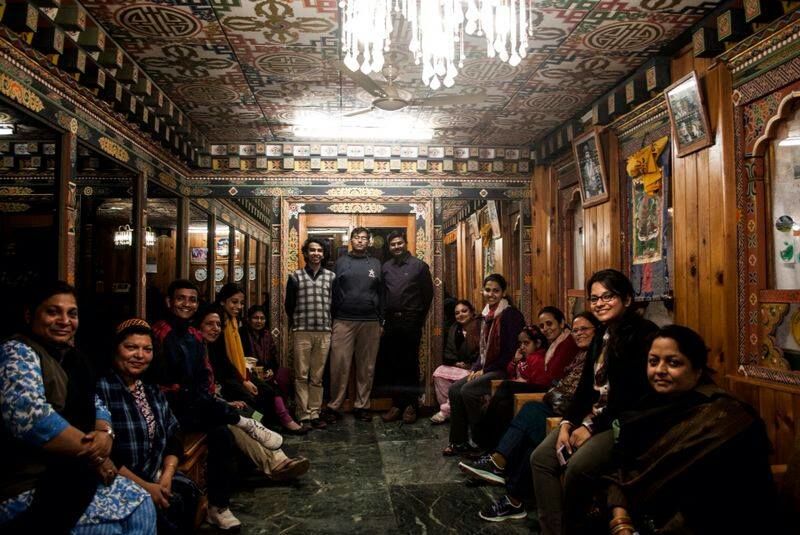
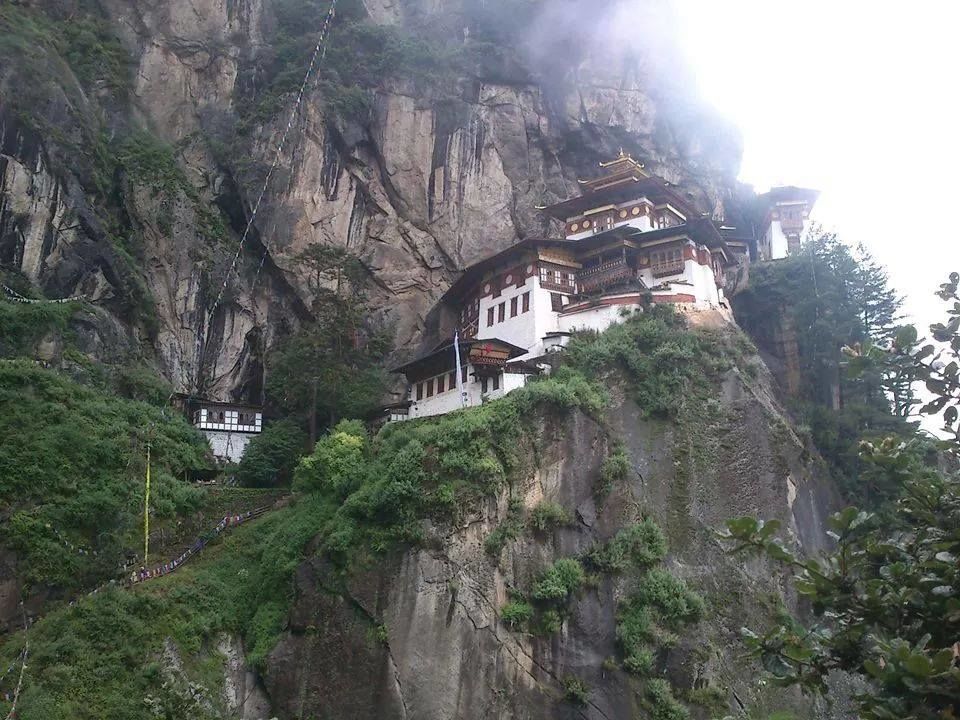
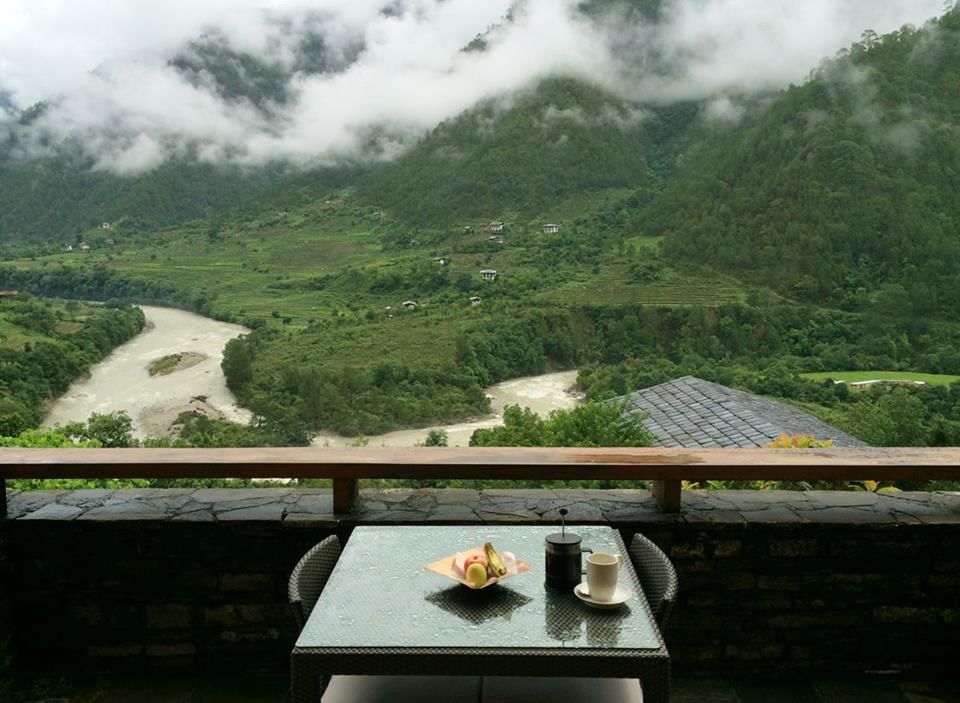
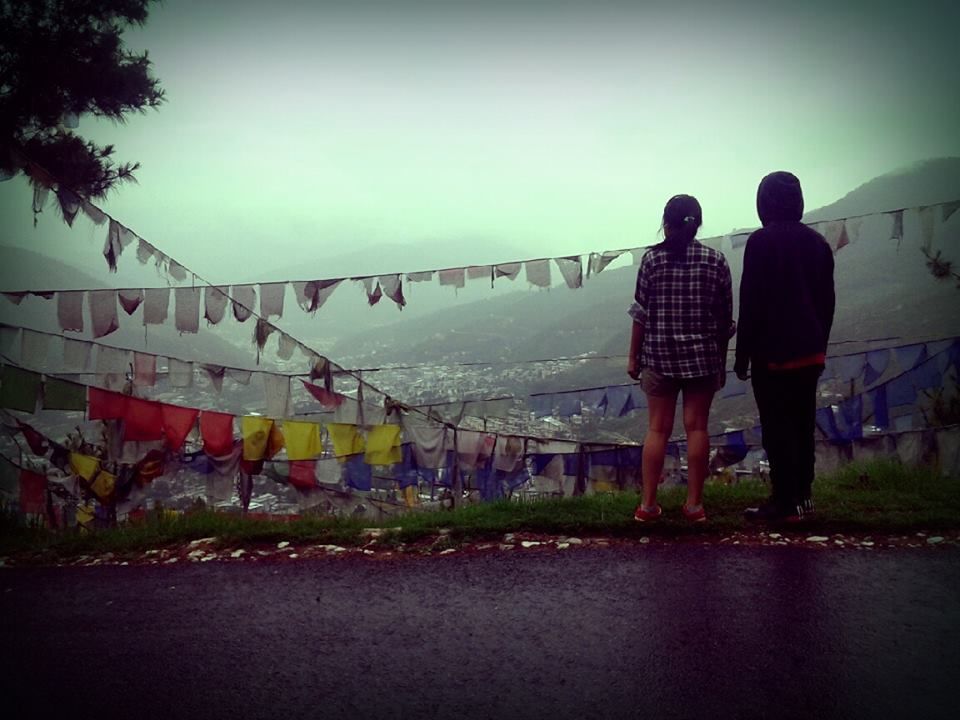
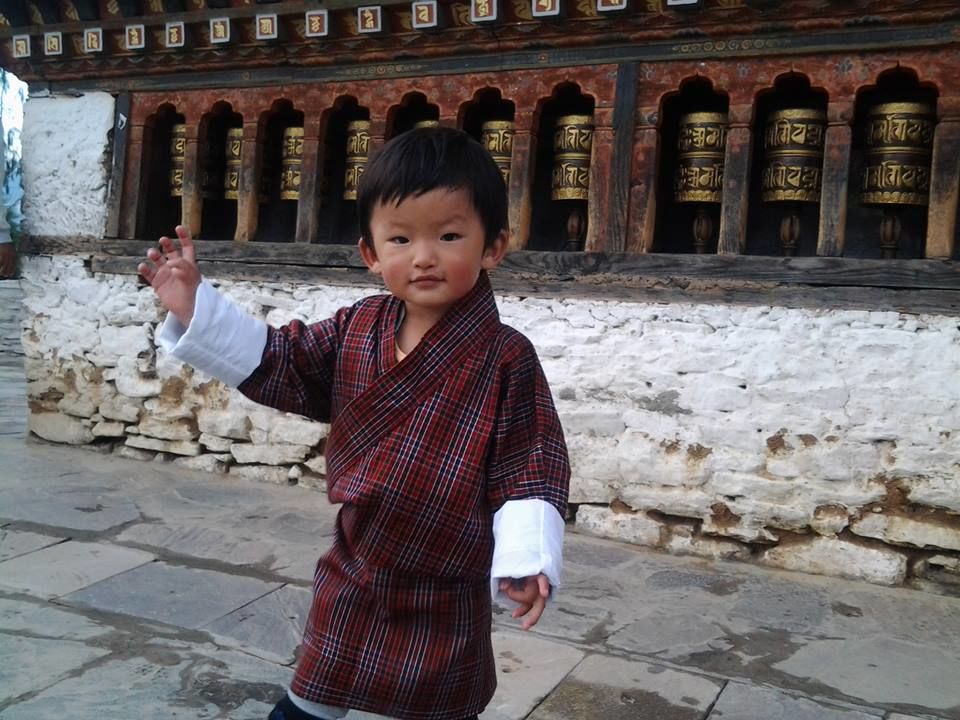
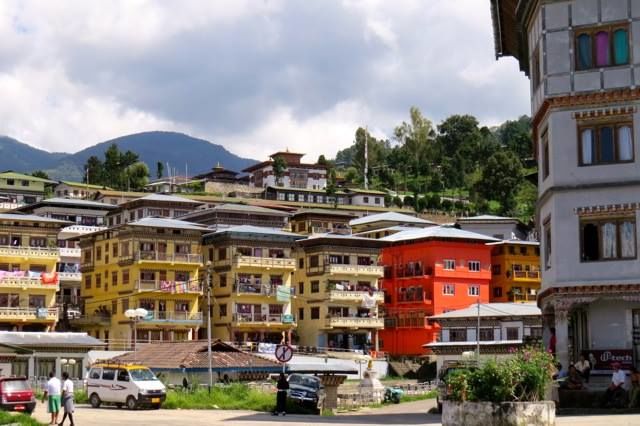
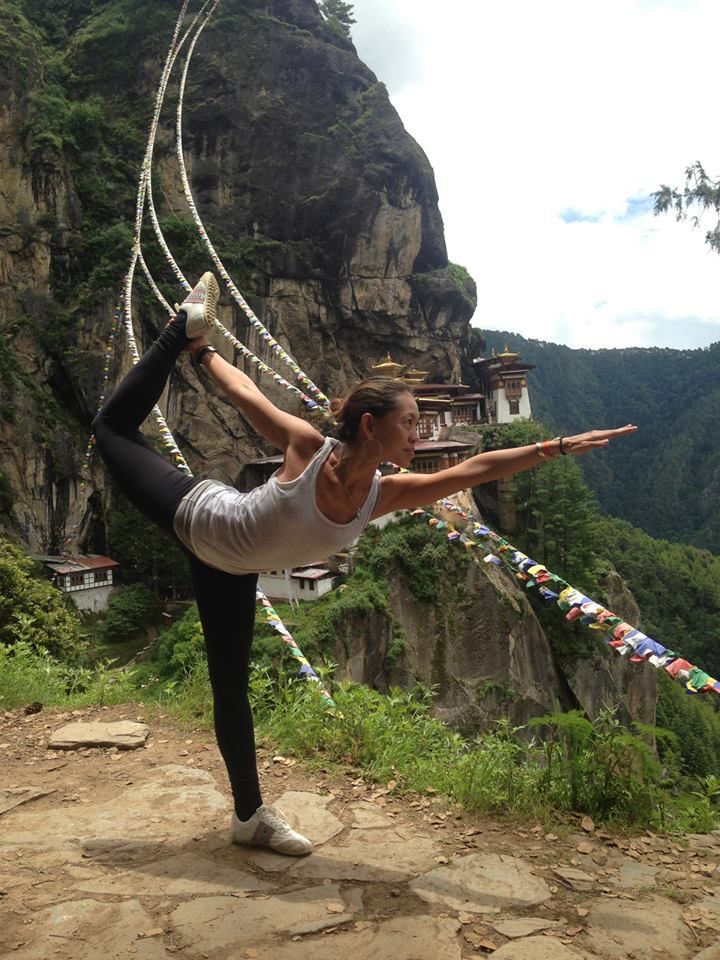
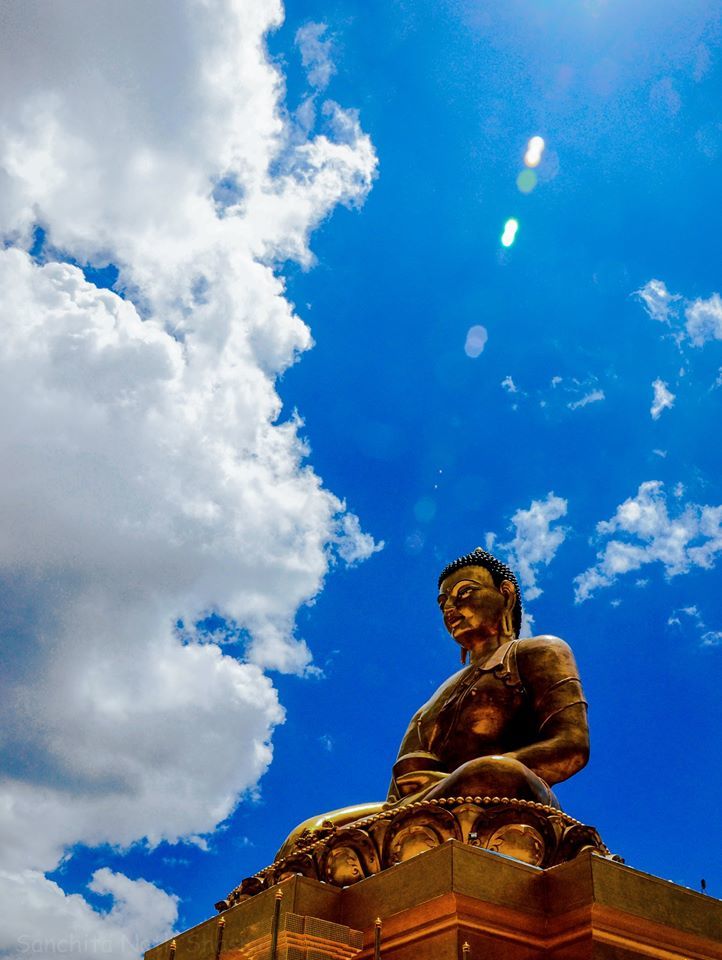
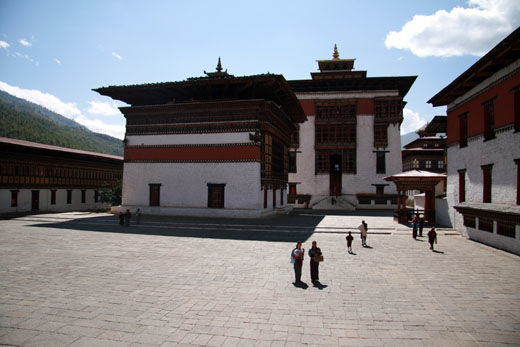
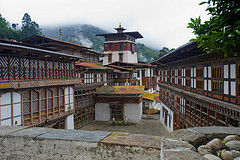
“If I had to name the biggest difference between Bhutan and the rest of the world, I could do it in one word, civility."
I sighed as I stepped out of the plane. But something was different. I had no clue and my breath had a mind of its own. Maybe the reason behind my sigh was freedom, not relief.
The tiny kingdom of Bhutan shares with Nepal the world's greatest concentration of mountains and living heritage of Buddhism. Flight to Paro can truly be described as a flight into fantasy. During the flight, a first hand close up view of Mt. Everest, Mt. Kanchenjunga and other famous peaks of the Himalaya range become a reality. The mountains are magnificent, the forest are dense, the people are delightful, the air is pure, the architecture inspiring, the religion exciting and the art superb.
When you visit Bhutan, you will become one of the few who have experienced the natural charm of the first country where Gross National Happiness is deemed more important than Gross National Product. While it visibly maintains its Buddhist traditions, Bhutan is not a museum. You will find the Bhutanese well educated, fun loving and vibrant.
So pack your woolens and go say HI to your neighbour!
The charmtown Paro lies on the banks of the Paro (or Pa) Chhu, just a short distance northwest of the imposing Paro Dzong. The main street, only built in 1985, is lined with colourfully painted wooden shop fronts and restaurants, though these appear under threat as the town grows and multistorey concrete buildings continue to propagate. For now Paro remains one of the best Bhutanese towns to explore on foot and is worth an hour or two's stroll at the end of a day of sightseeing.A tourism galore in all sense.National Museum, Philatellic Gallery, Taktsang Monastery, Rimpung Dzong and Thongdroel. Kyichu Lhakhang, one of the kingdom’s oldest and most sacred temples and Dungtse Lhakhang are other tourist attractions in Paro. The National Museum is the main tourist attraction in Paro. This national museum is housed in Ta dzong which is an ancient watchtower. The Philatellic Gallery near the top of the museum is also one of the great tourist interest. This gallery contains a large collection of stamps. The Taktsang Monastery means the Tiger’s Nest. This monastery is the most important religious site for the Bhutanese people, and located at a distance of around 80 km from Paro, precariously perched on the edge of a cliff.

Standing on the right side of the Wangchu River, Tashichho Dzong, or popularly known as Thimphu Dzong, is an impressive structure that houses the Bhutanese government. The Dzong originated with the building of Dho-Ngon (Blue Stone) Dzong on a hill above Thimphu River where Dechenphodrang stands by Lama Gyalwa Lhanangpa. On the 17th century, the followers of Lama Gyalwa Lhanangpa were completely crush by Zhabdrung Ngawang Namgyal and the the Dho Ngon Dzong fell into the hands of Zhbdrung.Zhabdrung rebuilt the fortress in 1641 and renamed it Tashichho Dzong.Better when served with a guide.
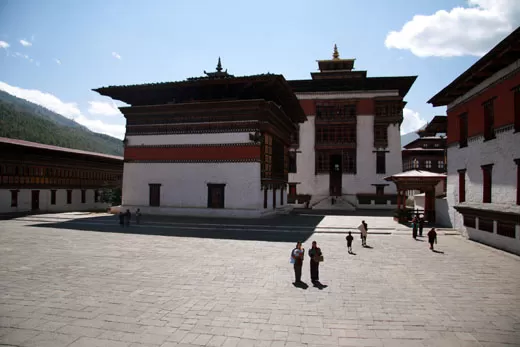
A bustling little one-street town with an abundance of restaurants and handicrafts stores, but somehow manages to outdo every other street on the valley.The “Castle of the White Bird” dominates the Chamkhar valley and overlooks the town. Constructed in 1549, by the Tibetan Lam Nagi Wangchuk, the Dzong played an important role as the fortress of defense of the whole eastern Dzongkhags. It also became the seat of the first king of Bhutan. This will probably be your base for several days as you visit the surrounding valleys.

It was from here that the present royal family emerged as the most powerful force at the beginning of the last century. Protected from invaders by an impenetrable valley, Trongsa Dzong is an impregnable fortress. It is built on many levels into the side of the hill and can be seen from every approach to Trongsa heralding its strength as a defensive stronghold. The Dzong was originally built in 1648 by Shabdrung Ngawang Namgyal, which was later extended by its powerful Penlops, and the sixteenth Desi Sonam Lhundub.The town's dzong is particularly impressive and is often described as a dragon flying over mountain peaks. Constructed in 1644, it served as the original seat of power of the House of Wangchuck before it became the ruling dynasty of Bhutan in 1907.

Frequent searches leading to this page:-
Bhutan trekking package, Bhutan tourism package tours, Bhutan trip itinerary,best travel agents in Bhutan, Bhutan luxury tour, Bhutan luxury travel packages
